Once you get past the stage of googling the best bars at your destination, safety is one of the first things we consider when traveling to an unknown place.
St. Thomas is safe, but there are some details you should know before your visit.
If you want to find out more about its crime rates and weather patterns, public transportation, and hospitals, read to learn more about how to navigate St. Thomas safely.
Is St. Thomas Safe?
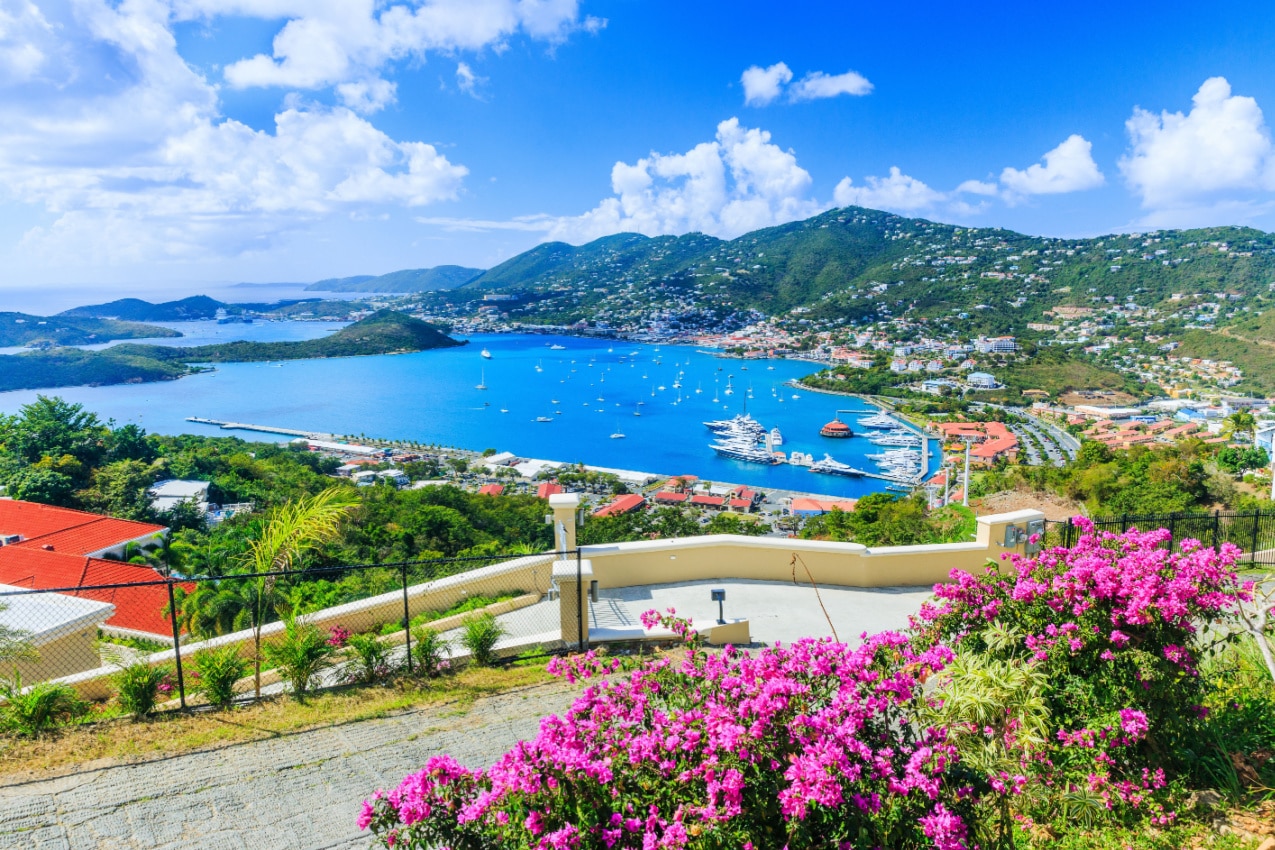
St. Thomas is generally considered a safe place, especially when you take into account that many islands in the Caribbean have some trouble with the law. But, as with any other place in the world, St. Thomas has its troubles, too.
Here’s a rough sketch:
- Every respectable travel advisory considers St. Thomas a safe island
- The crime rating in St. Thomas looks pretty high, but it mostly affects the local population
- There are problems related to theft and gang presence
- You should stay away from dangerous areas like Savan and Frenchman’s Hill, Coki Beach, and parts of Charlotte Amalie, especially at night
- The police presence amounts to around 100 sworn officers
- It’s mostly safe both for solo travelers and for families, but solo women travelers may experience harassment and verbal abuse
- Nighttime is significantly more dangerous than daytime
- The only real threats are tropical storms and hurricanes
- Public transportation on the island is developed, decent, and safe
- There’s a great hospital with highly trained medical professionals in St. Thomas
- September is the wettest month, March is the driest, August is the warmest, and February is the coldest month
- Carbon monoxide poisoning is not a problem in St. Thomas
All in all, St. Thomas is safe, aside from the occasional theft, and pickpocket. The only thing you should really worry about are hurricanes, but they only happen during the hurricane season.
Travel Advisory for St. Thomas
The most reliable travel advisories give St. Thomas the green light.
Keep in mind that this is a general assessment of the US Virgin Islands as a whole—but there’s no indication of anything particularly problematic or frightening regarding St. Thomas.
According to the US State Department, the US Virgin Islands, including St. Thomas, are a level-1 location, so citizens should exercise “normal safety precautions.” It basically means that you should use your common sense and stay out of conventionally dangerous situations.
The Canadian travel advisory also finds no cause for safety concerns in the US Virgin Islands, including St. Thomas. New Zealand’s Ministry of Foreign Affairs doesn’t even issue a special travel advisory on the US Virgin Islands, as they’re considered safe.
They do point out the risk of petty crimes like pickpocketing and bag snatching, which can happen almost anywhere in the world. Women, in particular, are advised to be vigilant, as harassment and assaults do occur on the islands.
The only real problem is the unpredictable waters of the Caribbean Sea and the Atlantic Ocean. Coastal waters in St. Thomas are known to be dangerous and riptides are quite common.
Essential Tips for Staying Safe
- Get travel insurance before visiting St. Thomas
- Use insect repellent as often as possible, since mosquito bites are a big problem
- Respect local customs
- Follow the weather forecast at all times
- Avoid trouble areas, such as Savan, Frenchman’s Hill, some parts of Charlotte Amalie, and Coki Beach at night
- Remember that in St. Thomas, cars drive on the left side of the road
A Comprehensive Look at St. Thomas Crime Rates
St. Thomas has a crime rating of 77.94. It’s a pretty high number, considering that countries with a higher rate than 80 falls into the “very high” category.
This is on par with the rating of the US Virgin Islands as a whole, which amounts to 72.22. In contrast, the safest island in the country, St. John, has a Numbeo crime rating of 33.33, which makes it the safest spot in the US Virgin Islands.
The numbers are so high mainly because St. Thomas has problems with property crimes like theft. Also, there has been an increase in crime in the last three years, which is an unfortunate trend.
| Safety Concerns | Crime Rate | Status |
| Overall Crime Level | 77.94 | High |
| Increase in Crime (Past 3 Years) | 75.00 | High |
| Home Break-Ins and Thefts | 61.11 | High |
| Mugging and Robbery | 62.50 | High |
| Car Theft | 43.06 | Moderate |
| Theft from Vehicles | 59.72 | Moderate |
| Personal Attacks | 61.11 | High |
| Verbal Insults | 54.17 | Moderate |
| Racial, Ethnic, Gender, or Religious-Based Attacks | 45.83 | Moderate |
| Drug Use and Dealing | 68.06 | High |
| Property Crimes (Vandalism and Theft) | 68.06 | High |
| Violent Crimes (Assault and Armed Robbery) | 75.00 | High |
| Corruption and Bribery | 73.61 | High |
| Safety Walking Alone in Daylight | 63.89 | High |
| Safety Walking Alone at Night | 26.39 | Low |
You just have to have two things in mind: first, the numbers are based on only 18 contributors, which is quite low. While the score can give us an idea of how individuals experience the island, it’s not a very objective picture.
Second, the rates designating the safety of strolling the island during the day and night should be read in reverse. Meaning: St. Thomas is very safe during the day, and quite unsafe during the night.
Travel Advisory vs. Crime Rating: Who Should You Listen To?
Almost all travel advisories say that St. Thomas is completely safe, but Numbeo’s crime rating makes it seem otherwise. Who should you trust?
For starters, most of the crime on the island affects the local population.
The popular tourist locations and beaches are completely safe. You don’t have to worry about anything if you stick to hotspots like Magens Bay or Sapphire Beach.
To answer the question – trust the travel advisories, but at the same time keep the crime rating in mind.
Places to Avoid in St. Thomas
That being said, there are some places on the island that are completely off limits, where gangs operate.
Gang members don’t target tourists, but fight amongst themselves. Although collateral damage is what people worry about, there aren’t enough report cases to consider it a threat.
Charlotte Amalie, for example, can be quite dangerous during the night, especially its dark alleys and deserted streets. Coki Beach should also be avoided at nighttime when it becomes a hotspot for illegal activities such as drug trafficking.
Savan and Frenchman’s Hill are well known to the authorities and have a pretty bad reputation.
Finally, stay out of areas that have “Estate” in their name. That name almost always designates some kind of a housing project—signifying areas that are poorer and usually have higher crime rates.
Police Presence in St. Thomas
St. Thomas is protected by the US Virgin Islands Police Department.
The force was established in 1955. Initially, it was divided into three branches, one for each of the three islands that make up the US Virgin Islands. The municipalities of St. Thomas, St. John, and St. Croix had their own facilities and prisons.
Today, all of them fall under one collective jurisdiction but still operate within their individual facilities. They also share a Facebook page and an official website in addition to having their own individual ones.
The police force of St. Thomas consists of around 100 members, of which 73 are sworn members, and the others are civilians.
Their emergency call is the usual 911 (it’s the same for the ambulance and the fire brigade). The official page of the police force of St. Thomas shares some tips for calling the number:
- At home, you can dial 9-1-1 directly.
- If you’re at work or at any other location, you may have to dial an outside line (i.e. dial 9 first) before dialing 9-1-1.
- At a payphone, dial 9-1-1. This is a free call.
- When using a cellular phone you must give the official the exact location of the emergency. Operators do not know where you are.
- For TTY access (Teletypewriter Device for the Deaf), press the spacebar announcer key repeatedly until a response is received, do not hang up.
The United States Virgin Islands Police Department also provides a very useful tool called AMBER, which is shortened to “America’s Missing: Broadcast Emergency Response.” It’s an alert program that serves to locate and retrieve missing children.
Finally, here are the websites of safety institutions on the island:
| Institution | Link |
| Association Of Caribbean Commissioners Of Police (ACCP) | accpolice.org |
| District Court Of The Virgin Islands | vid.uscourts.gov |
| Federal Bureau Of Investigation (FBI) | fbi.gov |
| Puerto Rico/U.S. Virgin Islands Hidta | whitehouse.gov/ondcp |
| Virgin Islands Department Of Tourism | visitusvi.com |
| Virgin Islands National Guard | vi.ng.mil |
Is It Safe to Travel Solo in St. Thomas?
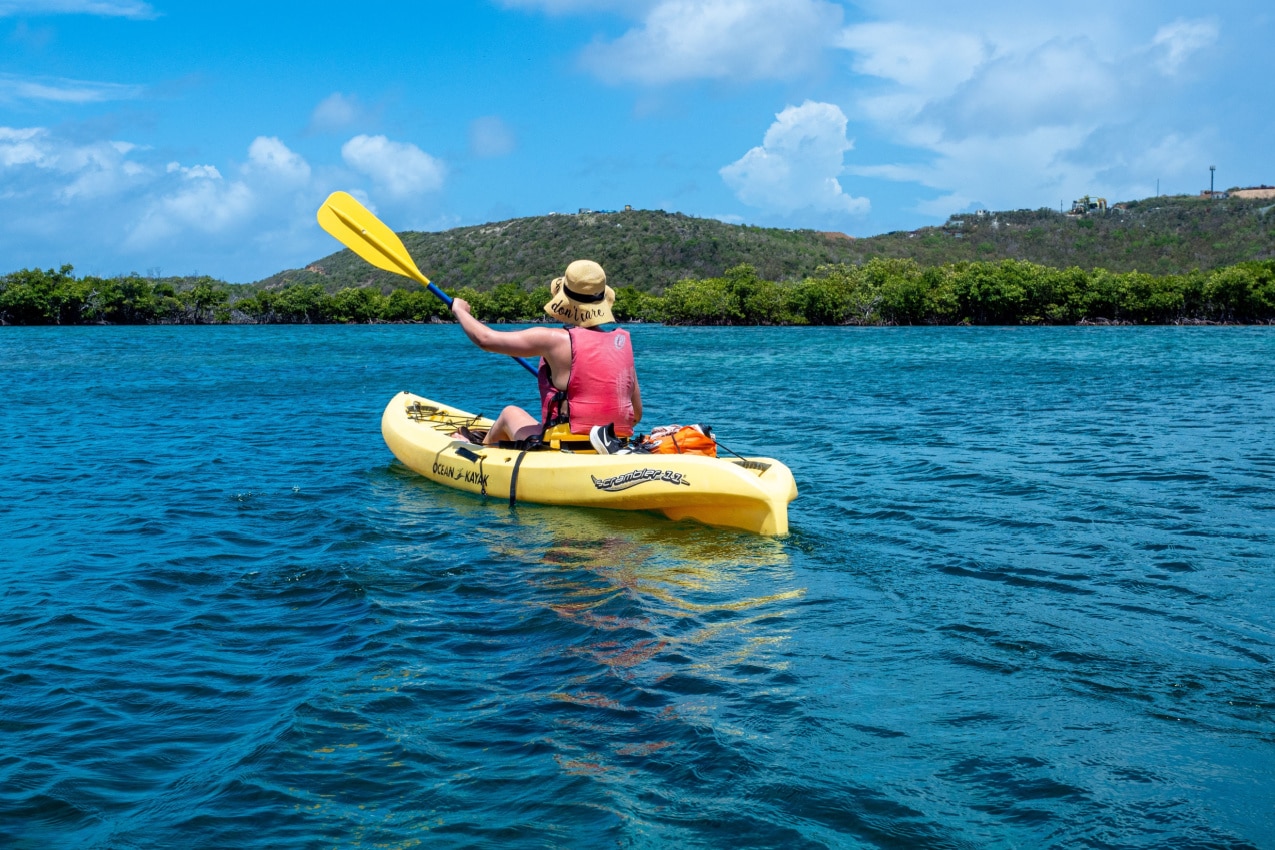
St. Thomas is a pretty nice destination for solo travelers, as long as you exercise normal caution. Women, on the other hand, should exercise added caution, since verbal assault and harassment to solo women travelers can and do happen.
Here are some tips for all travelers to St. Thomas:
- Stay careful and vigilant with your belongings in popular and crowded areas
- Don’t leave your belongings unattended, especially while on the beach
- Don’t leave your valuables in your car or your car, since thieves operate in gas stations and parking areas
- Don’t flaunt your belongings, especially money, jewelry, and technology
- The smartest thing is to leave your valuables in the hotel or the apartment you’re staying in
- Be careful with your movement during the night. It’s better to explore the island during the day
- Stay out of isolated areas, deserted streets, and dark alleys
- If you get robbed or you’re cornered don’t fight back, just give the robbers what they want
- If you like to go out and have a couple of drinks, stay close to groups or familiar people as much as you can
Solo women travelers should practice additional caution. We recommend the following safety tips:
- Keep the door of your hotel room or apartment locked at all times, and be extra careful during the night
- Join a group or a tour if you’re planning to explore the island
- Having a male guide with you when exploring the island is the safest option
- Don’t accept drinks from strangers
- Dress as inconspicuously and as modestly as you can
- Keep your friends and family informed about your whereabouts at all times
- Always keep your phone’s battery charged
Is It Safe to Travel to St. Thomas as a Family?
Families traveling to St. Thomas will be safe as long as they follow some basic safety tips:
- Keep an eye on your kids at all times
- Don’t leave your kids unattended or with strangers
- Bring an emergency medical kit
- Rent a car: it’ll save you time and trouble associated with public transportation
- It’s best to stay at your accommodation during nighttime
- In the worst-case scenario that a kid goes missing, contact AMBER
Perils of Nature: The Risk of Natural Disasters in St. Thomas
Hurricanes are an imminent danger not only to St. Thomas but to the US Virgin Islands as a whole.
The Irish travel advisory warns potential visitors of the high risk of hurricanes hitting the islands.
According to historical weather records dating back to 1950, the Atlantic experiences 12 tropical storms on a yearly average. Six of them usually turn into hurricanes. But a storm is only considered a “major hurricane” if it reaches stage 3 on the Saffir-Simpson Hurricane Wind Scale. That means that the speed of the wind is around 111 mph.
2017 was a particularly bad year for islands in the hurricane belt. First, hurricane Irma hit St. John and St. Thomas, causing permanent damage to many buildings and disrupting nearly the whole infrastructure on the two islands.
Only three fatalities were caused by the hurricane. Nonetheless, Irma was so destructive that it left the citizens of St. Thomas with lasting psychological damage as a consequence of the survived trauma.
Shortly after the end of Hurricane Irma, Hurricane Maria hit St. Croix. The combined cost of the two hurricanes was estimated to be around 10.8 billion US dollars.
What Can You Do to Protect Yourself in Case of a Hurricane?
The first thing you should do is preventative: don’t go to St. Thomas during the hurricane season.
Officially, the hurricane season in the Atlantic lasts from June to November, or from the beginning of summer to the end of autumn. Around 78% of the total storms and 96% of hurricanes happen during this interval. It’s best to visit St. Thomas during spring or winter, during the so-called high season when the weather’s dry.
But, if you find yourself in the middle of the hurricane, make sure to follow these tips:
- Pay close attention to the weather forecast. Closely follow the Weather Channel and the US National Hurricane Centre website while visiting the island
- If a hurricane is forecasted, decide whether you want to leave the island or stick around. If you decide to leave, leave immediately. If you stay, follow all the official guidelines
- Stay in touch with your friends, family, and loved ones at home. Keep them posted about your situation, your health, and your whereabouts at all times, so they can react properly in case something bad happens to you
- Stay inside the designated safe area or safe house as long as the hurricane lasts
- Closely follow the official updates and instructions of the authorities
Carbon Monoxide Poisoning in St. Thomas: Should You Worry?
Luckily, there are no known cases of carbon monoxide poisoning on St. Thomas or any of the other US Virgin Islands.
Aside from one isolated incident involving three American tourists at the Sandals resort in the Bahamas in 2022, the Caribbean in general has a clean CO record.
But, that doesn’t mean that you shouldn’t be careful.
According to the World Health Organization, carbon monoxide poisoning causes more fatalities in Europe than skin cancer or HIV and slightly less than alcoholism. It fatally harms around 420 people in America on average every year.
It’s practically impossible to detect carbon monoxide without a special detector since it’s invisible to the naked eye and has no smell and no taste. In most cases, it’s only noticed after the symptoms start appearing: headache, vomiting, stomach ache, and vertigo are the most common.
Prolonged exposure to carbon monoxide may cause lasting damage to the brain and the lungs, and could ultimately lead to paralysis or loss of life.
The best way to prevent poisoning is to check whether your accommodations have a CO detector. Also, make sure to inspect the heating facilities in your room and ensure that they’re working properly.
Finally, you can buy a portable CO detector and bring it with you on your trip. It costs only $20, and it’s not hard to carry.
St. Thomas Weather Patterns: What to Expect
St. Thomas has a tropical savanna climate, with warm and mostly sunny weather throughout the whole year.
The only thing that varies is the rainfall. Overall, St. Thomas is blessed with a lot of sun, and under 40 inches of rainfall per year.
In countries with tropical climates, the year is split between a dry season and a wet season. St. Thomas — and the whole of the US Virgin Islands — is an interesting exception to this rule.
Although there’s no official wet season with a beginning and an end, there are some months when rain falls more frequently: late summer and autumn are generally the wettest months of the year, a period which coincides with the so-called “hurricane season.”
Here are some quick facts before we proceed to the official data:
- September is the wettest month
- March is the driest month
- August is the warmest month
- February is the coldest month
Monthly Average Temperatures and Rainy Days in St. Thomas
| Month | Temperature (High and Low) | Rainy Days |
| January | 82 / 75°F (28° / 24°C) | 11 days |
| February | 82 / 75°F (28° / 24°C) | 8 days |
| March | 82 / 75°F (28° / 24°C) | 8 days |
| April | 84 / 77°F (29° / 25°C) | 7 days |
| May | 86 / 77°F (30° / 25°C) | 8 days |
| June | 88 / 79°F (31° / 26°C) | 8 days |
| July | 88 / 80°F (31° / 27°C) | 9 days |
| August | 89 / 80°F (32° / 27°C) | 10 days |
| September | 88 / 80°F (31° / 27°C) | 11 days |
| October | 88 / 79°F (31° / 26°C) | 12 days |
| November | 86 / 77°F (30° / 25°C) | 12 days |
| December | 84 / 75°F (29° / 24°C) | 11 days |
Public Transportation Safety in St. Thomas
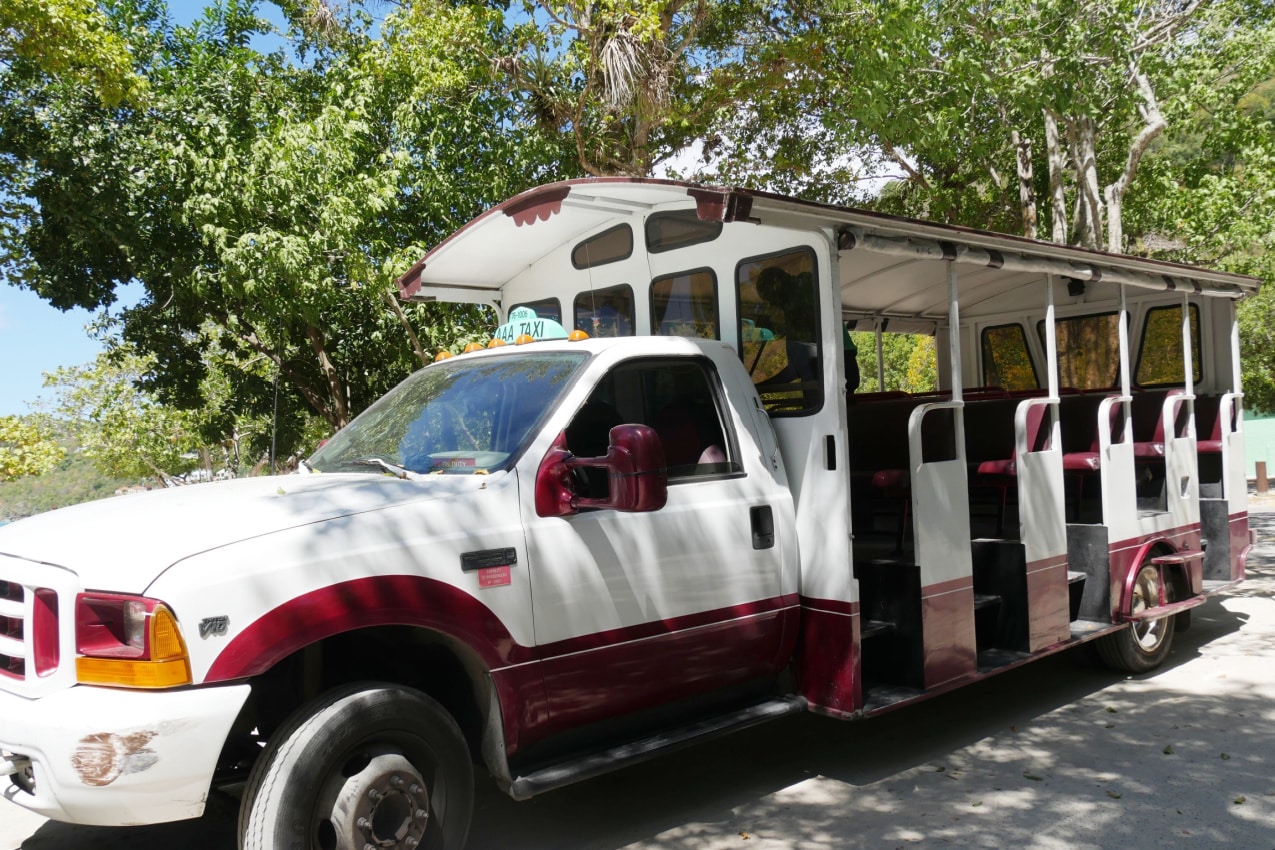
The public transportation in St. Thomas is generally safe, and you can use it as much as you like.
The public buses on the island are mostly reliable. They’re especially convenient if you travel solo or with another adult. People with families would benefit most from renting a car.
St. Thomas (and St. John) are quite unique for their use of the so-called “safari cabs,” which are open-air SUVs or vans that allow you to explore with style. Just make sure the vehicle and its driver are authorized. Ask the locals or the personnel for advice.
Ferries are quite common for inter-island transport. You can easily reach the other US Virgin Islands if you feel like it. If, on the other hand, you want to visit St. John or St. Croix by car, you board a barge.
The only real problem in St. Thomas regarding transportation is that the roads are unreliable. The Canadian travel advisory points out that “road conditions and road safety can vary greatly throughout the islands.”
They also add that “due to the terrain, roads are often narrow and steep, and take sharp turns. They tend to be poorly paved.” Keep your eyes open and reflexes ready at all times if you plan on driving while staying in St. Thomas.
Medical Care Quality in St. Thomas
There’s a good hospital with highly trained medical professionals in St. Thomas.
The Canadian travel advisory emphasizes that good healthcare is easily available throughout the whole of the US Virgin Islands.
Roy Lester Schneider Hospital in St. Thomas, the only medical facility on the island, is centrally located and easily accessible. Equipped with 169 beds for acute care, the hospital was established in 1982 and offers its services to the entire eastern Caribbean region.
Roy Lester Schneider Hospital offers all the conventional medical departments, including urology, epidemiology, psychiatry, and plastic surgery.
The other medical facilities on the US Virgin Islands are The Governor Juan F. Luis Hospital in St. Croix and the Myrah Keating Smith Clinic in St. John. But, if a patient is in need of more serious and specialized medical care, they’re immediately transferred to St. Thomas.
Here are a few additional health tips during your travel:
- Get travel insurance that covers everything, including hospital stays and medical evacuation
- The hospital may require immediate cash payment for their services. Your insurance company will reimburse you afterward
- In case of serious injuries or complicated illnesses, the services of the medical facilities may be quite expensive
- Make sure to bring all the medicine you need from home, as prescription-based medications may be hard to get
Stay Safe in St. Thomas
St. Thomas is both beautiful and safe — but staying informed is the key!
There are some thefts, pickpocketing, and muggings, but they mostly happen in isolated, gang-ran areas. Popular tourist destinations are completely safe.
The only real thing you should worry about are tropical storms and hurricanes, yet they only happen during hurricane season – summer and autumn..
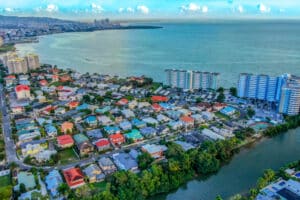
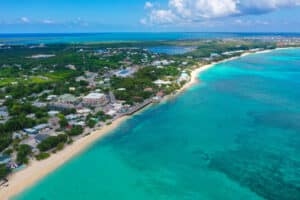
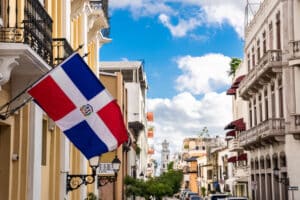
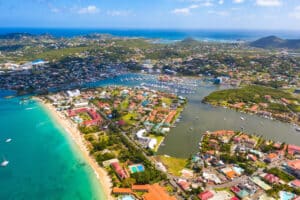
We just returned too Ma. After seven day family vacation we all stayed at different resorts, staying at the resorts was not an option for any of use we all had our rental Jeeps and went everywhere in St. Thomas even just walking around the capital which some bloggers suggested not too do. Not once did we feel unsafe no matter the time whether it was Red Hook or other smaller towns at night or even at the resorts. It was a great vacation and well worth it.
Hello, I am running a small Catholic retreat down in the islands and would love to link this article to my instagrams profile. How can I get in touch with someone?
Also, I lived on St. Thomas multiple times as a single woman and married with children. It is a beautiful island and never did I have any issues.
Hello Elle, thank you for reading and reaching out on your personal projects. We’ll reach out to you shortly.